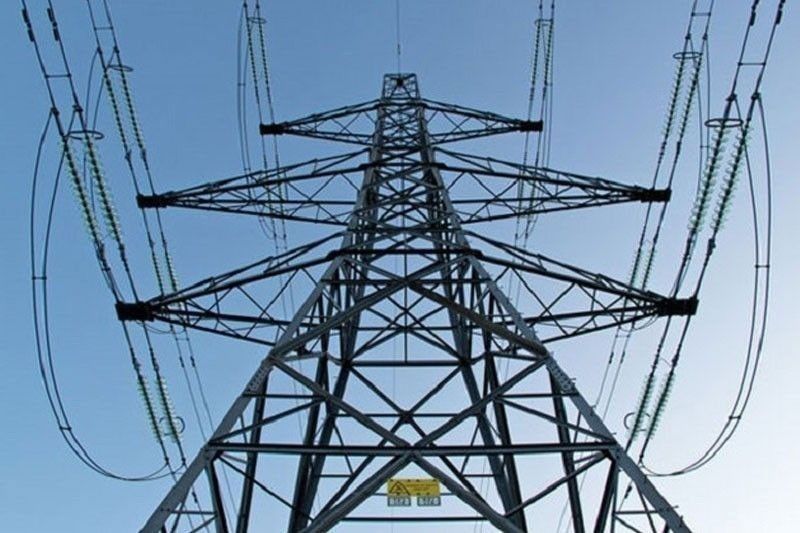NGCP fully energizes P19.8 billion Cebu-Bohol interconnection

MANILA, Philippines — The National Grid Corp. of the Philippines (NGCP) has fully activated a P19.76-billion transmission project aimed at fortifying grid stability in Central Visayas.
With a capacity of 1,200 megawatts, the 230-kilovolt (kV) Cebu-Bohol Interconnection Project (CBIP) is expected to cater to growing energy demand in Bohol and improve grid resiliency, the NGCP said.
The project, which was partially energized in July, is also set to significantly enhance the transmission infrastructure in Cebu, the region’s load center, with a new line to transmit power in and out of the province.
The CBIP transmits power through 54.6 circuit kilometers of transmission lines, consisting of 179 overhead towers from Argao to the Dumanjug Substation in Cebu and from Maribojoc to the Corella Substation in Bohol.
Likewise, the grid operator said the project would help provide N-1 contingency in case of an outage on the existing Leyte-Bohol transmission line.
N-1 contingency refers to the grid’s ability to remain stable despite major system disturbance through redundancies in the system.
The NGCP was granted provisional authority in January 2022 to implement the CBIP, which is aligned with a long-term plan to provide a 230-kV loop covering Leyte, Cebu and Bohol.
“With its completion, the CBIP will now provide a new transmission corridor, thereby improving grid stability, security, and reliability for everyone’s benefit,” it said.
This followed the NGCP’s completion of several big-ticket transmission projects, including the Mindanao-Visayas Interconnection Project, the Cebu-Negros-Panay Backbone Project and the Mariveles-Hermosa-San Jose Transmission Line.
“Through proper support from the government, a timely permitting process and industry-centric policies, we can achieve more to ensure a stable and resilient network that will greatly benefit our nation,” the transmission operator said.
NGCP is a privately operated corporation in charge of operating, maintaining and developing the state-owned power grid.
- Latest
- Trending























